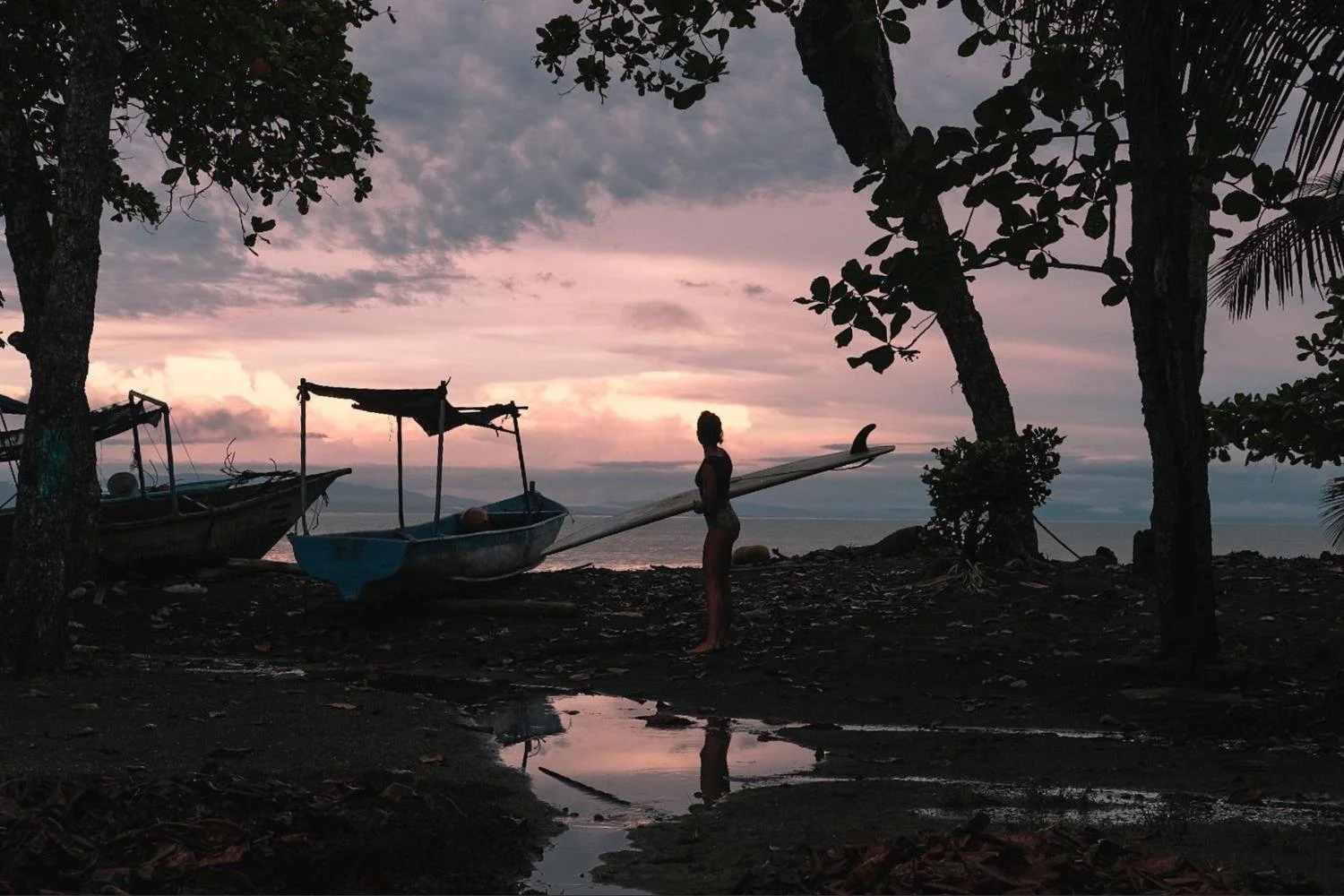3 Reasons to go South on Your Costa Rican Adventure
Beautiful Rio Celeste Waterfall
The road less traveled
There is just something so special about the south. It’s like a feeling hanging in the air. And I’m not just talking about the humidity. It’s like you can feel the earth through all of your senses. The smell of the ylang ylang, the early morning rainbows, the howling of the monkeys, the flutter of hummingbirds’ wings.
The mysterious roads (4x4 recommended) that lead you to curious surprises. It’s unique to the Osa Peninsula, which is one of the most biodiverse places on the planet.
Drone view of Manuel Antonio national park
The real deal
Because it is so protected, and mostly undeveloped, it has a sense of authenticity to the culture as well. Although Costa Rica is a very “Americanized” country, the south still remains to hold a blend of expats and Ticos (locals) which offers a mix of expected amenities with a touch of true jungle living.
For example, you will find wifi in most places, but you may also experience a blackout, especially during the rainy season. It’s so charming.
Sunsets during rainy season. Credits: Hanna Siwitza
In the south, the towns are sprinkled along the coastline. Typically, neighborhoods are nestled up the mountains. Just three hours south of San Jose, the town of Dominical is nestled by a big, expansive beach. The town consists of one quiet road (one!), with a handful of shops, restaurants and small boutique hotels.
Keep driving to discover Dominicalito and it’s beautiful beach. Just 10 more minutes down the road, you hit Uvita and it’s pristine national park beach, and a bit further down the road you reach Ojochal. Having a car for this part of the country is pretty essential. You can easily bop from town to town and explore those random roads that bring you to breweries, restaurants, shops, and communities all hidden in the jungle.
Drone view of Royal Sabitha. Only 10 minutes from the beach
World famous waves
Like many travelers, you may also be in search of good waves. The south has a beautiful variety of beach and point breaks. The Dominical area has at least four different beach breaks. With a bigger swell, you can still find a little cove or point to jump in. And on smaller (especially summer) days, Hermosa and Dominical breaks are dreamy. This area is also the perfect stop over on your way to one of the world’s longest lefts.
Sunset Surf at one of the many beaches in Pavones. Credits: Hanna Attafi
Ok, so let’s talk about Pavones. It’s a sleepy town, at the edge of the country, which can only be accessed by a dirt road. If you’re a surfer, you probably already know about it’s iconic, peeling lines. If you’re not, it’s actually a great place to learn, as there are many little breaks around the main Pavones break.
It is also just as fun to sit on the world famous “pavones wall” and watch the pros shred on waves that seem to last forever. The time to go is the rainy season, also known as swell season, as swell is needed for those waves to work. The tiny town is something to experience itself. And somehow, in the middle of nowhere, Costa Rica's best Italian restaurant exists. La Pina is a must try if you make it all the way down there.
Beautiful long left at Pavones. Credits: Hanna Attafi
Jungle boogie
Another southern gem is Drake Bay and the Corcovado National Park. Within the park, you can discover 13 major ecosystems - including the last old growth wet forest on the Pacific coast of Central America. Just remember, you can only enter the park with a guide. Legend has it thelast solo traveler never came out.
It is the country's largest national park, encompassing almost a third of the Osa Peninsula that's home to a wealth of biodiversity. If you’re lucky, (and have a good guide) you may even spot some endangered species, such as jaguars, tapirs, scarlet macaws and white-lipped peccaries.
Corcovado National Park, Osa Peninsula
So if you’re searching for an authentic experience and catching some waves while watching scarlet macaws soar through the jungle air, it’s definitely worth coming south during your Costa Rican adventure. The typical hot spots such as Nosara and Santa Teresa hold the reputation of their hype and are an experience on their own, but you will be in awe of what you discover if you dare to take the road less traveled.







